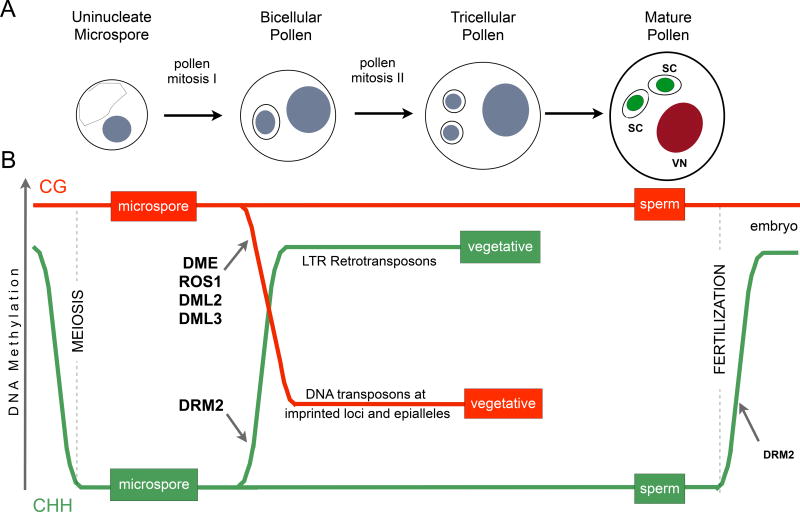Figure 1. DNA methylation dynamics during male gametophyte development in Arabidopsis thaliana.
The uninucleate microspore divides asymmetrically giving rise to bicellular pollen, which consists of a larger vegetative cell embedding a smaller generative cell. A second mitotic division of the generative cell originates two sperm cells, that will be delivered to the embryo sac to perform double fertilization. SC - Sperm Cell, VN - Vegetative Nucleus. The postmeiotic microspore and sperm cells retain CG methylation. However, CHH methylation is lost from retrotransposons in microspores and sperm cells and restored both in the vegetative nucleus and in the embryo after fertilization, when the activity of the de novo DNA methyltransferase DRM2 is restored. In the vegetative nucleus, CG methylation is lost from targets of the DNA glycosylases DME, ROS1, DML2 and DML3, which include imprinted loci and recurrent epialleles that accumulate corresponding small RNA in sperm. Genome reprogramming in pollen might thus contribute to epigenetic inheritance, transposon silencing, and genomic imprinting. Reproduced (with permission) from Calarco et al., 2012.

